'Liquid pistons' could drive new advances in camera lenses and drug delivery
Versatile liquid pistons developed at Rensselaer Polytechnic Institute have no solid moving parts, essentially eliminating wear.
Jan 10th, 2011
Read more
Versatile liquid pistons developed at Rensselaer Polytechnic Institute have no solid moving parts, essentially eliminating wear.
Jan 10th, 2011
Read more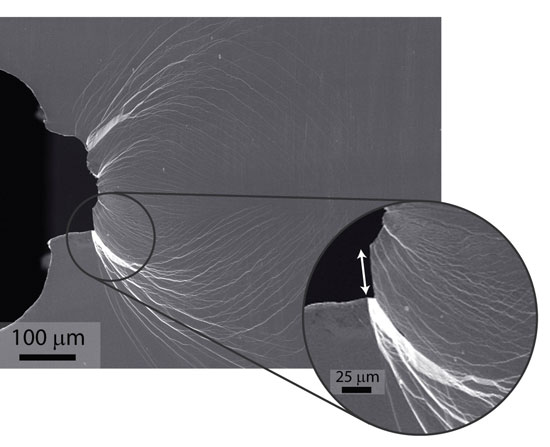 Glass stronger and tougher than steel? A new type of damage-tolerant metallic glass, demonstrating a strength and toughness beyond that of any known material, has been developed and tested by a collaboration of researchers with the Berkeley Lab and the California Institute of Technology. What's more, even better versions of this new glass may be on the way.
Glass stronger and tougher than steel? A new type of damage-tolerant metallic glass, demonstrating a strength and toughness beyond that of any known material, has been developed and tested by a collaboration of researchers with the Berkeley Lab and the California Institute of Technology. What's more, even better versions of this new glass may be on the way.
Jan 10th, 2011
Read more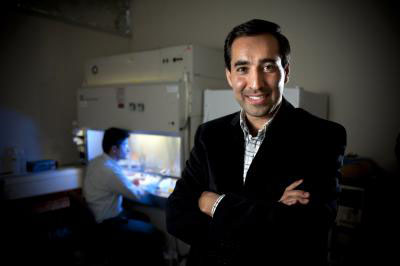 Research by engineers and cancer biologists at Virginia Tech indicate that using specific silicon microdevices might provide a new way to screen breast cancer cells' ability to metastasize.
Research by engineers and cancer biologists at Virginia Tech indicate that using specific silicon microdevices might provide a new way to screen breast cancer cells' ability to metastasize.
Jan 10th, 2011
Read moreThe NanoKTN in the UK has announced it has partnered with the School of Pharmacy to host an event exploring the ways in which nanotechnology can help with the formulation and delivery of drugs. The conference will provide a forum for industry professionals to discuss and highlight best practise and to encourage collaborative working.
Jan 10th, 2011
Read more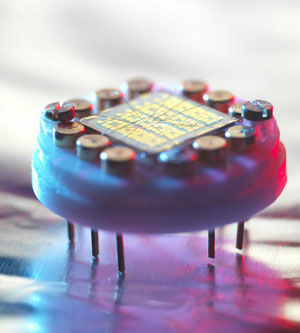 New research published today shows how light can be used to control the electrical properties of graphene, paving the way for graphene-based optoelectronic devices and highly sensitive sensors.
New research published today shows how light can be used to control the electrical properties of graphene, paving the way for graphene-based optoelectronic devices and highly sensitive sensors.
Jan 10th, 2011
Read moreCarbon monoxide is highly toxic since it blocks the binding site for oxygen in hemoglobin. This very principle - a porphyrin ring with a central iron or cobalt atom that the poisonous gas attaches to - can be used to implement sensors to warn against carbon monoxide. Physicists have now deciphered the mechanism for binding of gas molecules to iron and cobalt porphyrins.
Jan 10th, 2011
Read more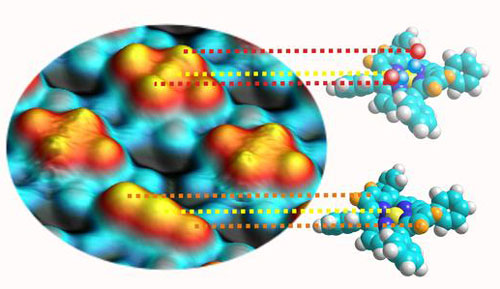 Physiker um Professor Johannes Barth von der TU MUenchen haben in Zusammenarbeit mit Theoretikern in Lyon und Barcelona Bindungsmechanismen fuer Gasmolekuele an Eisen- oder Kobalt-Porphyrinen aufgeklaert.
Physiker um Professor Johannes Barth von der TU MUenchen haben in Zusammenarbeit mit Theoretikern in Lyon und Barcelona Bindungsmechanismen fuer Gasmolekuele an Eisen- oder Kobalt-Porphyrinen aufgeklaert.
Jan 10th, 2011
Read moreArizona State University will host a premier nanotechnology symposium titled 'Organic/Inorganic Interfaces and Health Science Applications' at the Biodesign Institute on Jan. 13-14.
Jan 10th, 2011
Read moreIn celebration of the International Year of Chemistry 2011, nearly 70 scientists from across the globe will speak at a two-day conference on research that can greatly impact technologies in health, lifestyle, high-value manufacturing and sustainability.
Jan 10th, 2011
Read moreIs friction dominated by electrons or by lattice vibrations? A nano-contact experiment shows that on a Nb surface friction drops by a factor of three when crossing the superconductivity transition, showing that it has essentially an electronic nature in the metallic state, whereas the phononic contribution dominates in the superconducting state.
Jan 10th, 2011
Read more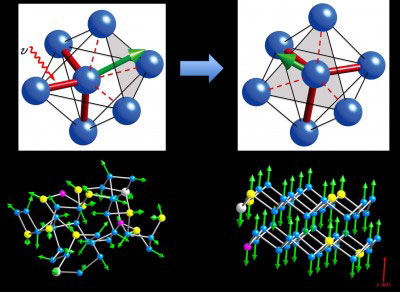 First model of rapid phase change in storage material.
First model of rapid phase change in storage material.
Jan 9th, 2011
Read more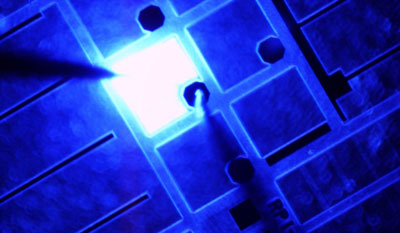 The National Science Foundation (NSF) announces an award to Rensselaer Polytechnic Institute and its partners to establish a new NSF Engineering Research Center (ERC). The ERC will develop interdisciplinary research and education programs that address an important societal need and provide the foundation for new industries through innovation. NSF will invest $18.5 million in the Center over the next five years.
The National Science Foundation (NSF) announces an award to Rensselaer Polytechnic Institute and its partners to establish a new NSF Engineering Research Center (ERC). The ERC will develop interdisciplinary research and education programs that address an important societal need and provide the foundation for new industries through innovation. NSF will invest $18.5 million in the Center over the next five years.
Jan 7th, 2011
Read moreScientists have now shown that the spin of atomic nuclei in silicon can store information for over a minute and that the information can then be read out electrically, an important step in linking spintronics with classical electronics.
Jan 7th, 2011
Read moreWith silicon device fabrication approaching its physical limits, many researchers believe graphene can provide a new platform material that would allow the semiconductor industry to continue its march toward ever-smaller and faster electronic devices -- progress described in Moore's Law. Though graphene will likely never replace silicon for everyday electronic applications, it could take over as the material of choice for high-performance devices.
Jan 7th, 2011
Read more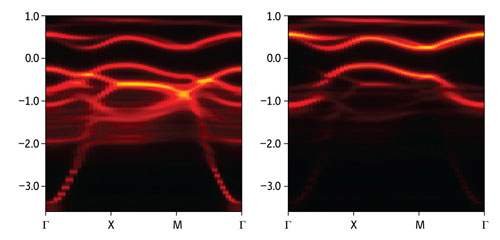 The interaction of electrons in an unusual oxide reveals new ways to tune electrical conductivity.
The interaction of electrons in an unusual oxide reveals new ways to tune electrical conductivity.
Jan 7th, 2011
Read moreNanotechnologists at The University of Texas at Dallas have invented a broadly deployable technology for producing weavable, knittable, sewable, and knottable yarns containing up to 95 weight percent of otherwise unspinnable guest powders and nanofibers.
Jan 6th, 2011
Read more